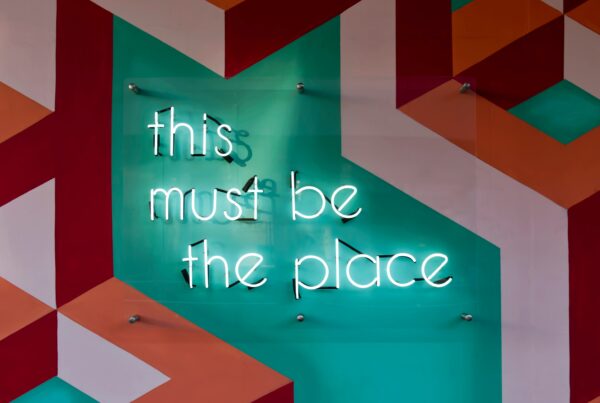A lot of clients find recruitment plans can fluctuate considerably based on tenders and contract wins linked to wider infrastructure investment.
In the Uk we have CP7 contracts to be awarded and close to home companies are looking with interest at results to come from the All-Island Strategic Rail Review in Ireland. Further afield there continues to be considerable commitment to infrastructure projects in Australia to name just a few.
What this means is that for the supply chain work could ramp up considerably due to contract wins and this can lead to increases or significant increases in head count requirements. I thought it would be worthwhile having a little look at how you can pre-plan ahead for this and get ahead of the curve of an increased demand for labour.

The focus here is on recruitment and key things to consider will be:
- Existing staffing capacity vs new staff requirements
- Job description development
- Person specification development
- Benchmarking
- Company information
- Market intelligence
1. Existing Staffing capacity vs new staff requirements
Do you have work coming to an end? Do you have expertise that if you win new work can move across?
This can help to resource plan and allow you to think whether you’ll need experienced staff or whether by moving staff around you might be able to take on more junior staff. This also allows you to plan proactively.
An average recruitment campaign will likely take upto 6 weeks to run , dependent on where things are and this doesn’t take into account notice periods and the fact that not every campaign will run 100% smoothly regardless of how well planned and executed it maybe!
Regularly looking at this resource planning will allow you to get ahead of your recruitment planning and also get the best value when using an agency/recruitment partner by being able to utilise a range of solutions.
2. Job Description development
A Job description | a document or other that summarises the essential responsibilities, activities, qualifications and skills for a role.
It is worth looking and revisiting (where you have this) job descriptions. Although this is probably more in depth than a brief overview here but essentially you need to think what that job would do. You can read a bit more about the difference between a JD and a job advert here: https://www.linkedin.com/pulse/job-descriptions-adverts-andy-hall-/
3. Person Specification development
Next look at person specification’s. This focuses on the type of person you are looking for in joining your business and may look at the soft skills that they will need to have . This should help to inform your selection later. By doing this now, you are ahead of the curve later!
4. Benchmarking
This will change with the market so will need revisiting; however you need to look at what other companies are offering in terms of benefits and total packages now. You don’t want to get to the stage of recruiting only to find you are not competitive in the market place. Ideally you want your benefits to stand out and not be dictated by competitors but looking here will help you set that benchmark.
5. Company information
Now is a great time to be putting together company information that will be of interest to potential employees. This might be interviews with current staff, video’s of sites and projects with real insights into the day to day operations. We find that candidates value ‘real’ views and often informal videos where you can get across personality works well. Socials are also great here, are you regulalry sharing things you do as a company? If not now is the time to start!
6. Market intelligence
Reach out and talk to recruitment agencies or recruitment partners. Not all agencies are the same. We work as an ‘outsourced in-house’ team meaning we become a part of your business with all the tools you need to recruit. We can plan time and work exclusively for you on individual roles or manage entire campaigns at no more cost than a ‘traditional recruitment agency model’ and in a number of scenarios more cost effective than this for multiple hires. Did you know this? By having ideas of how you’d like to recruit you can speed up procurement requirements when needed and not delay things further.
By staying in touch with recruitment agencies you can also gather information about the market that may help you understand how quickly/easily you maybe able to hire.










Recent Comments